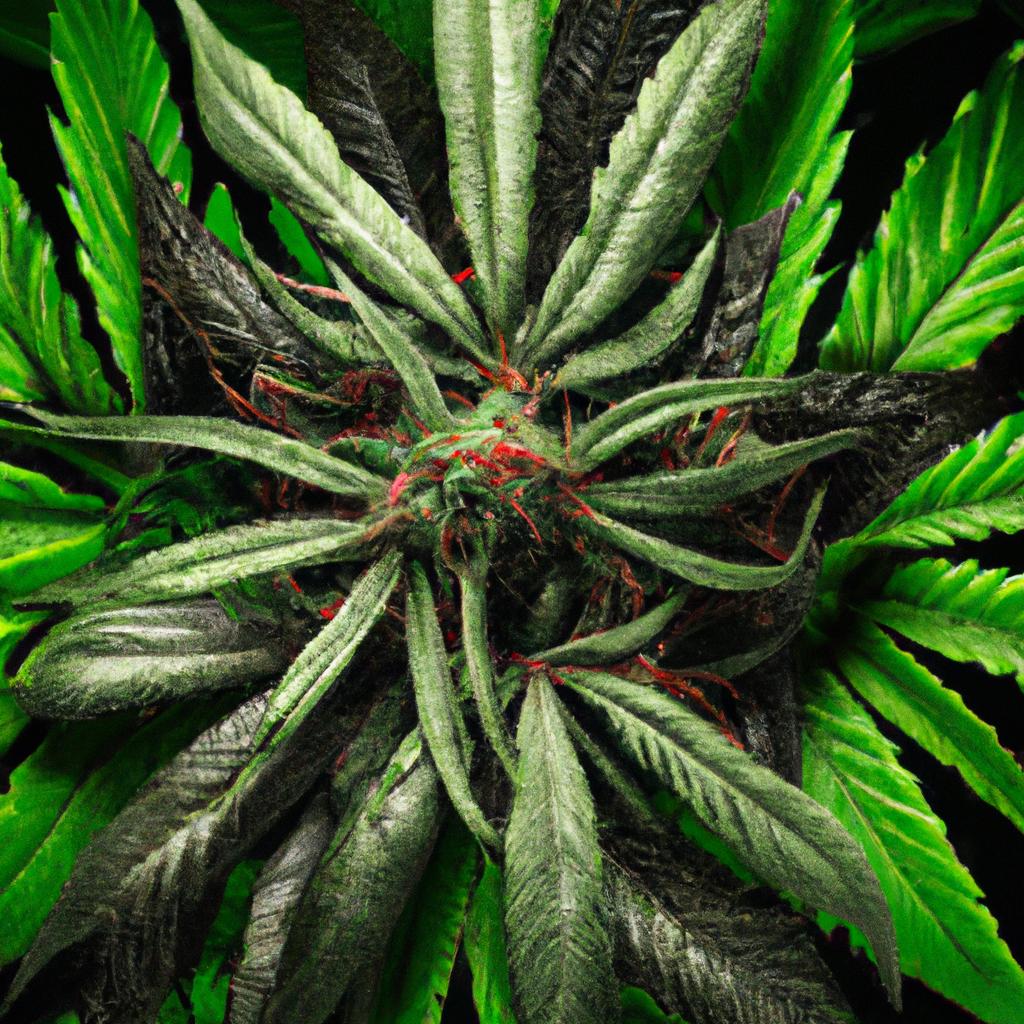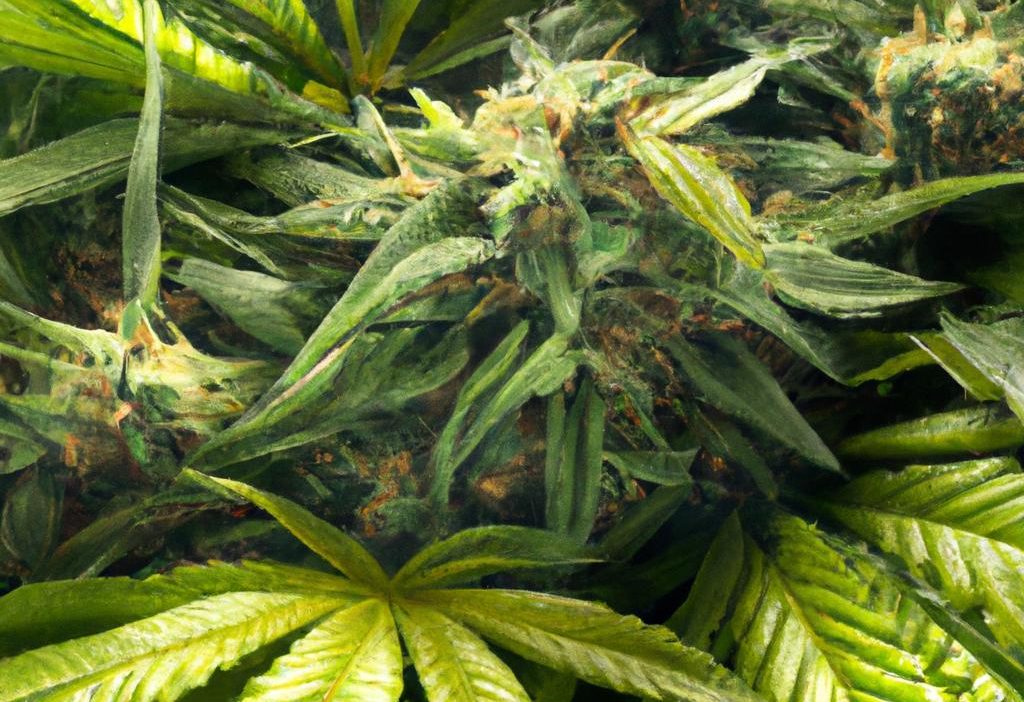
Avoiding Potency Loss During THC Remediation: Essential Cannabis Processing Insights
The cannabis industry is rapidly evolving, with advancements in technology and cannabis science revolutionizing how extracts and products are manufactured.Among the critical steps in cannabis post-processing, THC remediation plays a critically important role, especially for producers aiming to comply with legal THC limits or create specialized cannabinoid profiles. Though, one of the biggest challenges during remediation is maintaining the potency of the cannabis extract without degrading the valuable THC content.
In this article, we will explore how avoiding potency loss during THC remediation fits into the broader context of cannabis processing and technology. From understanding the remediation process to practical strategies and equipment considerations, this guide is crafted to help cannabis processors optimize product quality while ensuring compliance and consumer satisfaction.
Understanding THC Remediation in Cannabis Processing
THC remediation refers to the targeted reduction of tetrahydrocannabinol (THC) concentration from cannabis extracts. This process is crucial when producers need to create compliant products, such as those with less than 0.3% THC to meet hemp regulations or to formulate balanced cannabinoid products like CBD-rich oils with trace THC. Given the potency of THC in driving psychoactive effects, precise remediation enables versatility in product offerings.
Common THC remediation techniques include:
- Chromatographic separation: Advanced equipment separates THC molecules from other cannabinoids.
- Distillation: Requires careful fractionation to isolate and remove THC while preserving other cannabinoids.
- Solvent-based extraction methods: Altering solvents or parameters to selectively extract cannabinoids.
Why Potency Loss happens During THC Remediation
Despite technological advancements, potency loss during THC remediation remains a key hurdle. Several factors contribute to this:
- Heat degradation: High temperatures during processes like distillation can degrade THC into CBN or other byproducts.
- Over-processing: Excessive separation steps may unintentionally remove beneficial cannabinoids alongside THC.
- Oxidation: Exposure to oxygen leads to cannabinoid deterioration, reducing potency and product shelf life.
- Equipment inefficiencies: Poorly calibrated or outdated machinery results in suboptimal separation and cannabinoid loss.
strategies to Avoid Potency Loss During THC Remediation
Maintaining cannabinoid integrity demands a combination of scientific understanding and precise operational control. Here are proven strategies:
1. Optimize Temperature Controls
Employ processes under controlled temperature thresholds to prevent cannabinoid degradation. Using vacuum distillation or short path distillation minimizes heat exposure and protects THC molecules.
2. Utilize Closed-Loop Systems
closed-loop extraction and remediation systems reduce oxygen exposure,preventing oxidation and preserving potency. Such systems also improve safety and solvent recovery.
3. Implement High-Precision Chromatography
Advanced chromatography systems with fine-tuned parameters increase THC removal efficiency while retaining target cannabinoids like CBD or CBG. Multicolumn or simulated moving bed chromatography offers enhanced selectivity.
4. Consistent Quality Control and Testing
Regular potency testing via HPLC or GC ensures remediation adjustments can be made in real-time, minimizing losses. Batch analysis helps refine methods continuously.
5. Employ Antioxidants and Stabilizers
Incorporating antioxidants may help slow cannabinoid oxidation post-processing, extending shelf life and potency of finished products.
Technological Innovations in Cannabis Science Supporting Potency Preservation
The cannabis industry benefits greatly from innovations in post-processing equipment and analytical tools. Here are some transformative technologies:
| Technology | Description | Benefit for Potency |
|---|---|---|
| Short Path Distillation | Distills cannabinoids at low vacuum and temperature | Minimizes thermal degradation |
| flash Chromatography | Rapid separation technique for THC removal | Increases selectivity and yield |
| Supercritical CO2 Extraction | Uses supercritical CO2 as solvent for extraction or remediation | Non-thermal, preserves cannabinoid profile |
| Real-time HPLC Monitoring | High-Performance Liquid Chromatography for live potency analysis | Enables process adjustments to reduce loss |
practical Tips for Cannabis Processors
- Train your operators: Skilled technicians understand nuances and optimize remediation parameters.
- Maintain equipment regularly: Prevent calibration drift and mechanical issues that reduce separation efficiency.
- Document every batch: Keep accurate logs to identify trends and continually improve methods.
- Use fresh biomass: Starting with high-quality raw material enhances extract potency before remediation.
- Experiment with solvent polarity: Adjust solvents to enhance selective cannabinoid extraction during remediation.
Case study: how a Leading Processor Reduced potency Loss
GreenLeaf Extracts, a hemp processor based in Oregon, faced significant potency loss during batch-scale THC remediation. By integrating a vacuum-assisted short path distillation system combined with real-time HPLC potency monitoring,they reduced THC degradation by 35% over six months.
Key takeaways from their approach included:
- Lowering distillation temperatures to 140°C from 160°C
- Switching from open-loop to closed-loop solvent recovery
- Implementing weekly equipment calibration and operator training
This case highlights how combining equipment upgrades with procedural refinements safeguards cannabinoid potency through remediation.
Conclusion: Balancing Compliance and Potency in Cannabis Remediation
THC remediation is an indispensable step for many cannabis and hemp producers striving to meet legal and market demands. However, potency loss during this process can jeopardize product quality and consumer satisfaction. By understanding the science behind cannabinoid degradation and employing cutting-edge cannabis technology, processors can overcome these challenges.
From temperature control to advanced chromatography and real-time monitoring, every stage matters in preserving potency. Additionally, consistent quality assurance and skilled operation are paramount. As cannabis science and technology continue to evolve,processors will have more tools to deliver compliant products without sacrificing the therapeutic and recreational effects consumers expect.
Whether you’re a cannabis scientist, extraction technician, or cannabis entrepreneur, mastering potency preservation during THC remediation is key to success in the competitive cannabis marketplace.





